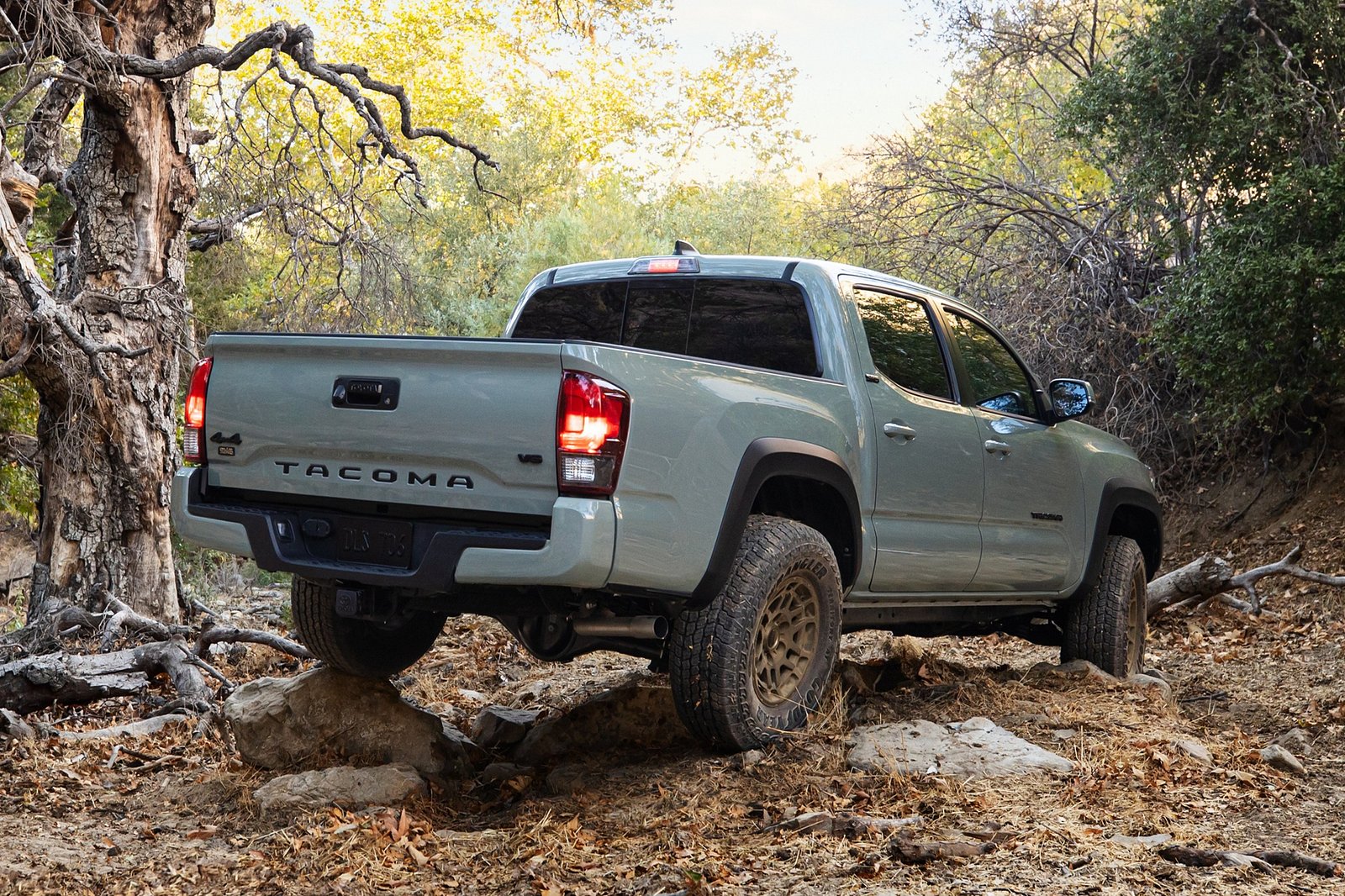
Even during the Tacoma’s worst years, there were very few consumer complaints. Years from now, automotive engineering students will study the Toyota Tacoma as a fine example of how to design and build a truck properly.
As mentioned earlier, one of its main attractions is reliability. The first three generations of Toyota Tacoma models followed a straightforward recipe. They were built on a robust ladder-frame chassis, equipped with basic but reliable engines, well-known and trusted gearboxes, and basic but hardy rear-wheel-drive and four-wheel-drive systems.
The Japanese automaker was constantly criticized for not staying in touch with the modern world. Customers had to wait years for modern features like Apple CarPlay, Android Auto, Bluetooth connectivity, and wireless charging. But by keeping the Toyota Tacoma simple, the truck built a massive following.
Toyota Tacomas also appear to be depreciation-proof. According to CarEdge, a ‘Taco only loses 33% of its value over five years, which is a stunning accomplishment. Conversely, used Toyota Tacomas demand a significant premium over comparable rivals like the Nissan Frontier and Ford Ranger.
Still, customers are willing to pay extra for a car with very few common problems. Basically, the Tacoma is a winner because it does everything a truck should do well, and it’s highly reliable. If something does go wrong, parts are cheap and easy to find. And if you can’t fix it yourself, there’s a good chance you’re probably within spitting distance of a Toyota dealership.

